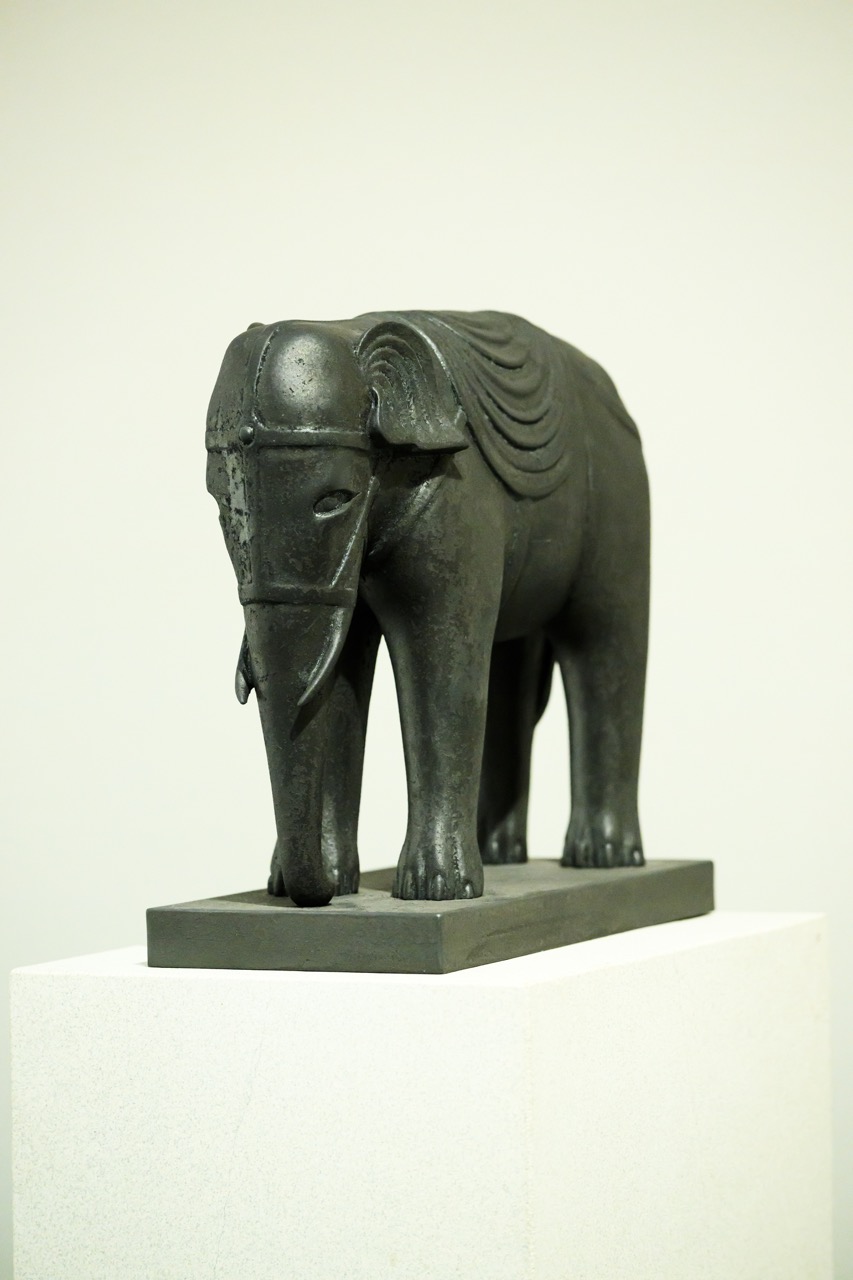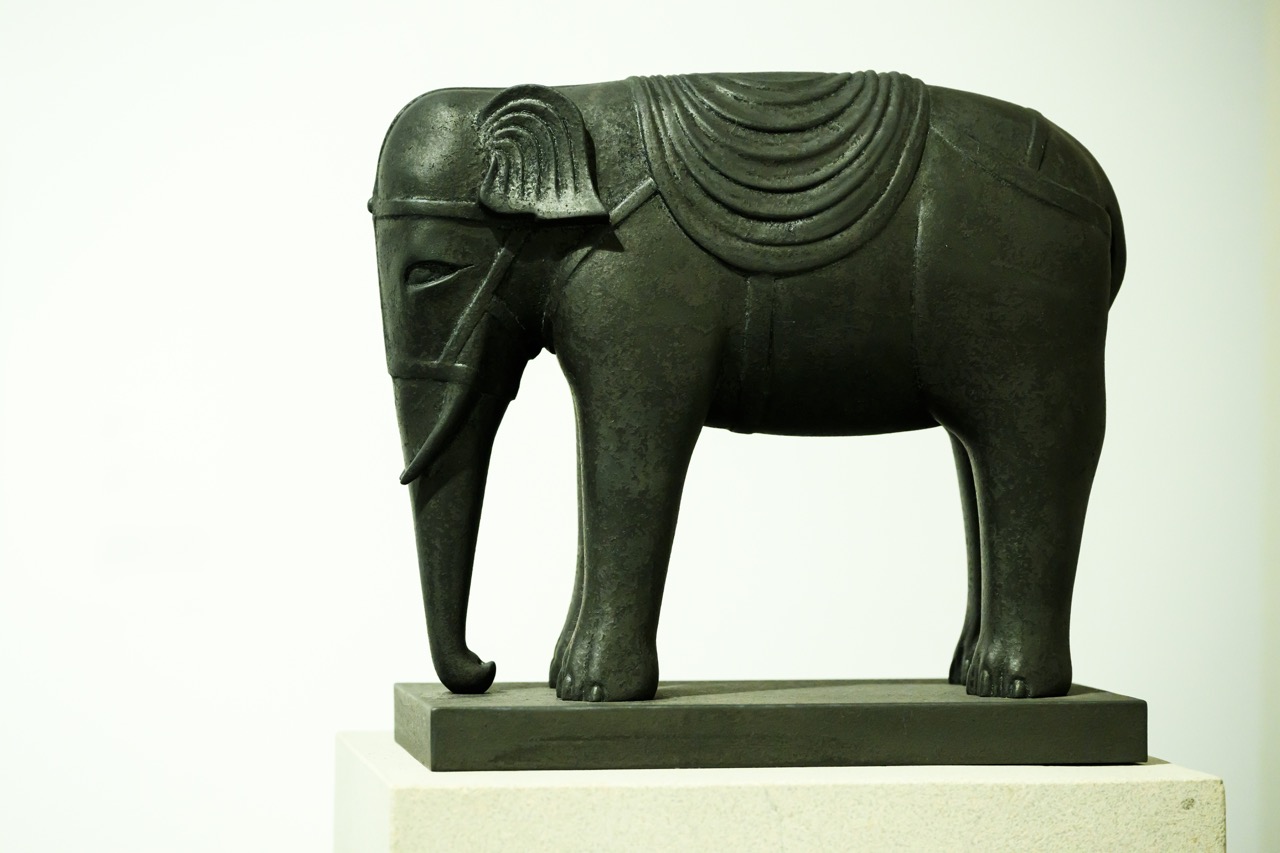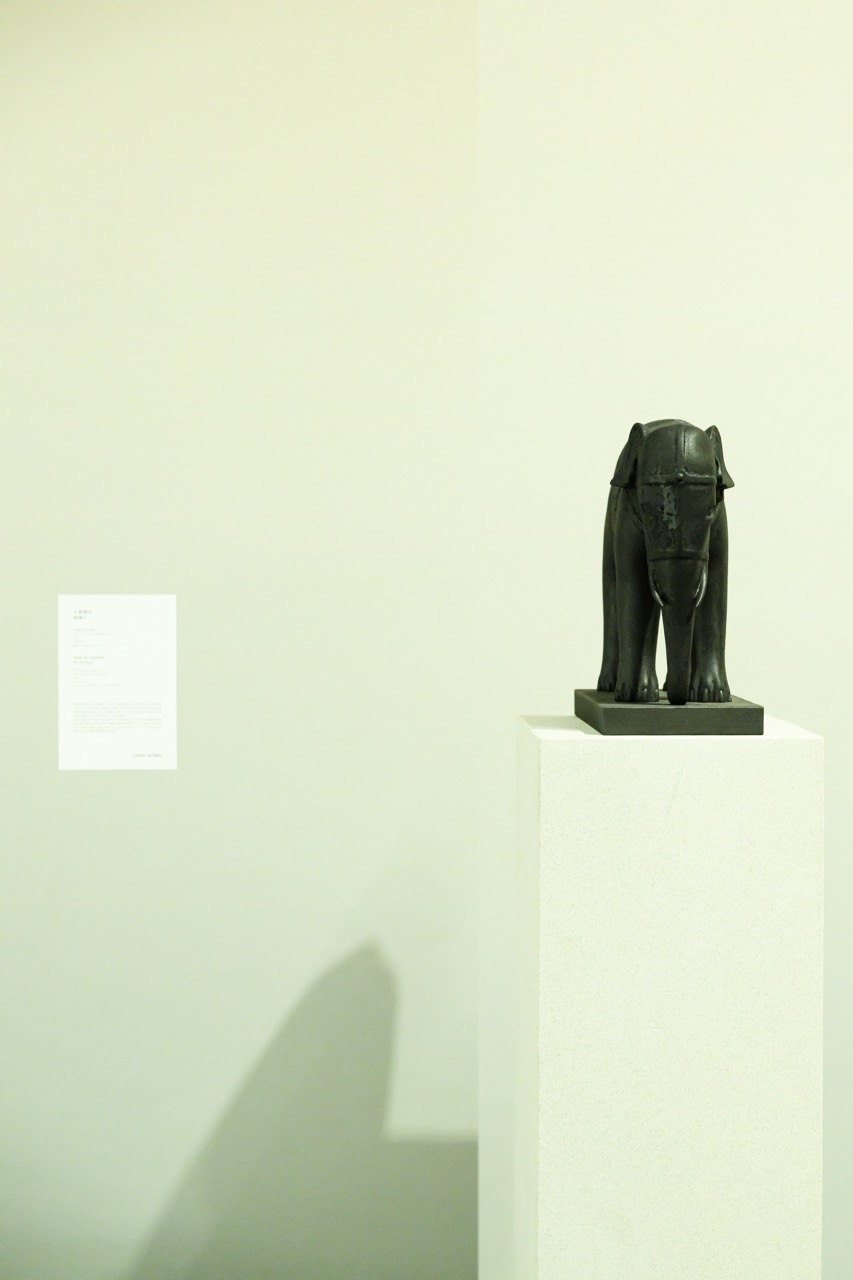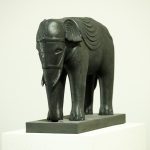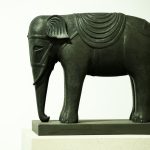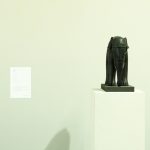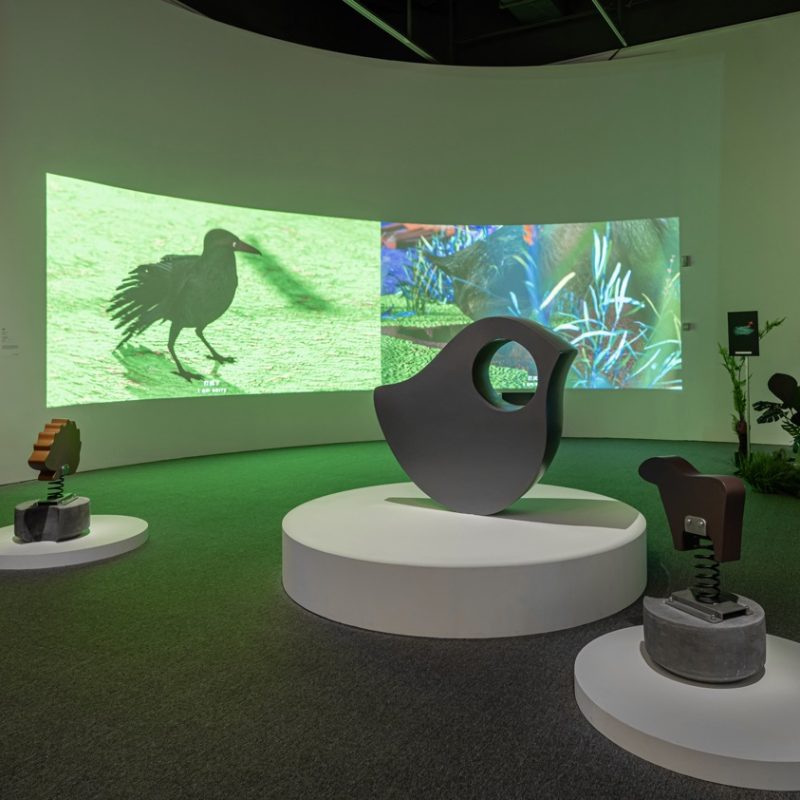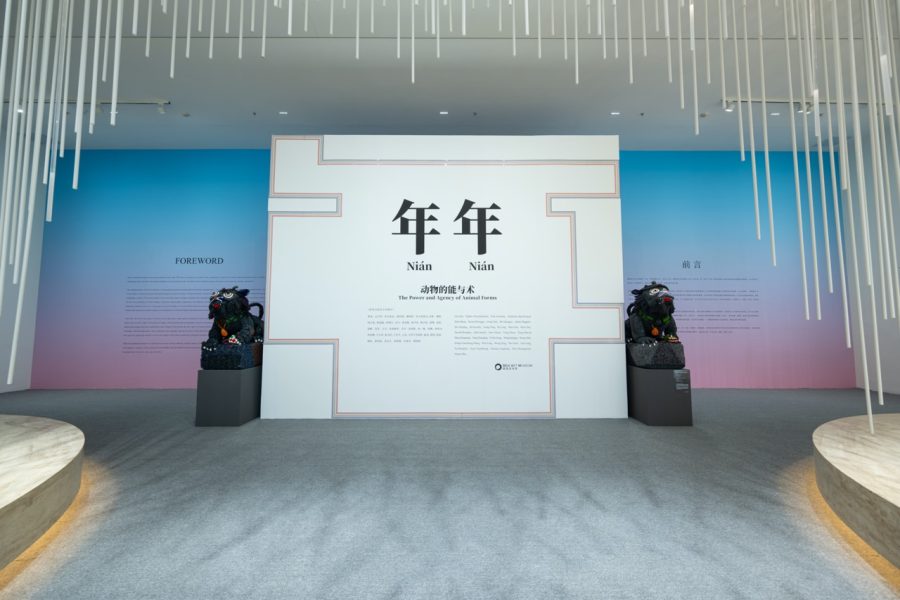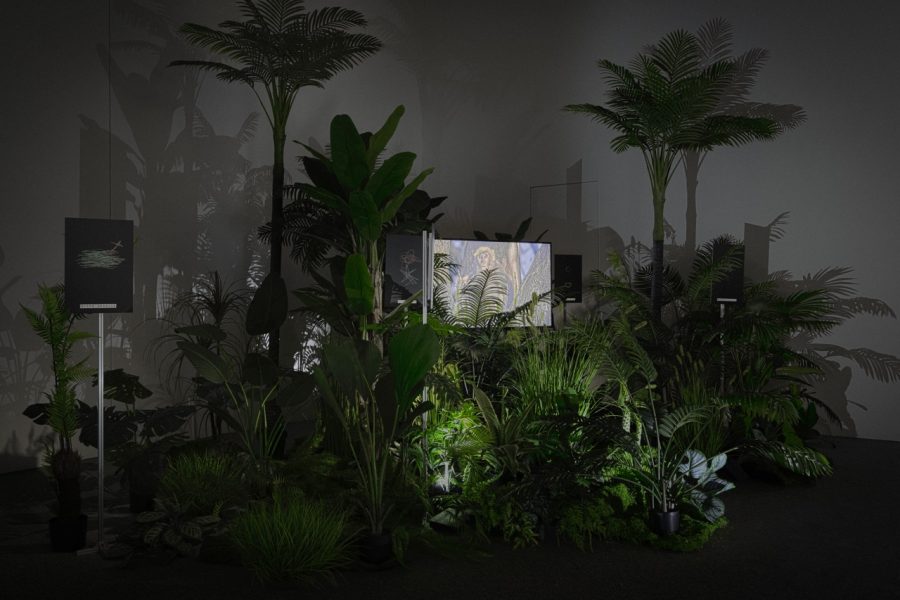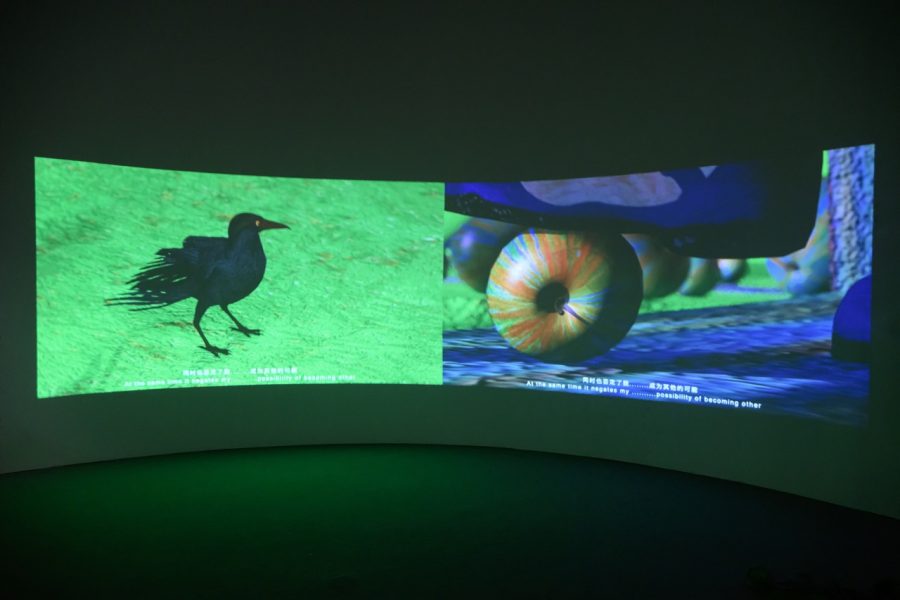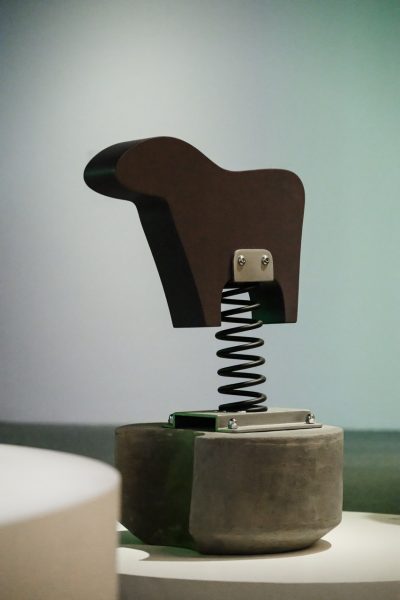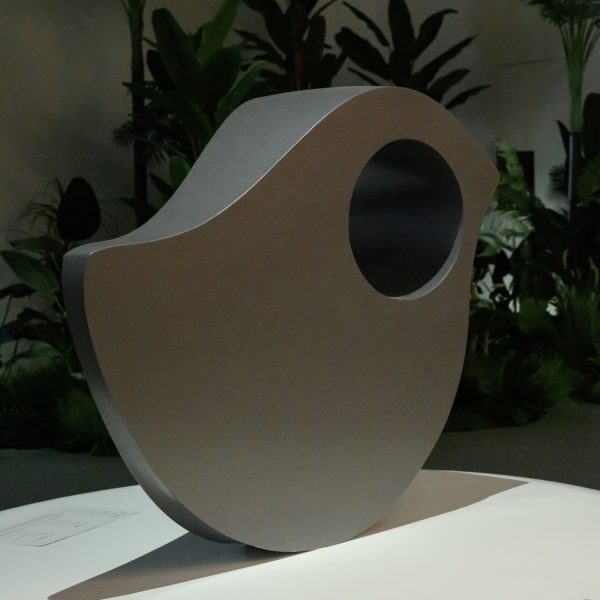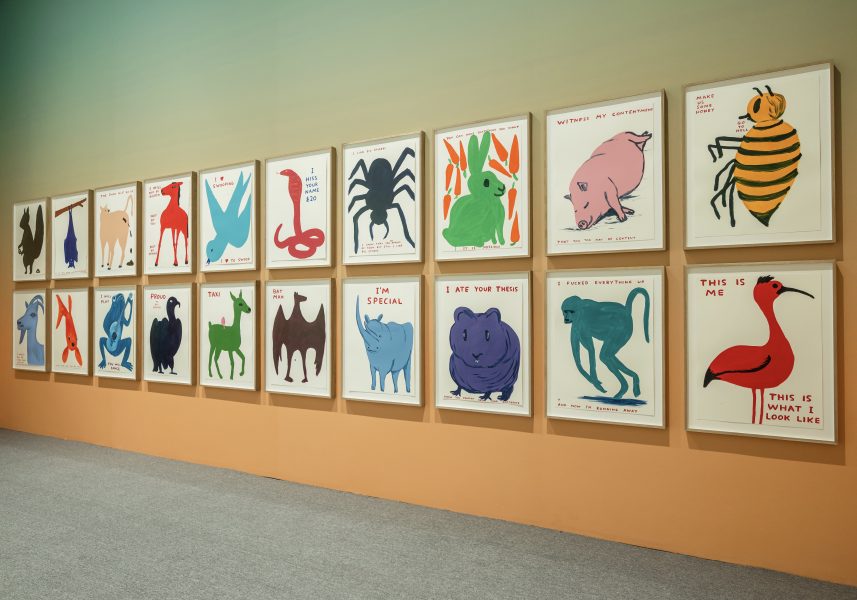Study of Elephant
He Xiangyu
2021
Edition: 1/7
- Medium:Stainless steel, granite base
- Year:2021
- Size:40.5x30.5x163. 5cm(overall)
Description
The elephant’s distinctive lines and form are derived from ancient Buddhist statues now located in Gansu Province, China, particularly the Northern Cave Temple and the Southern Cave Temple, which were built in the 6th-7th centuries and later restored during the Song Dynasty. Yet, the style of the elephant’s ears follow the convention of Han Dynasty statues. In this way, the sculpture incorporates and translates images of elephants from different historical periods, each drawn from a different model and integrating the imagination of the artisan.
The image of the elephant has a complex and richly layered meaning in Chinese culture. Despite appearing as a solemn and docile figure, it is endowed with a surprisingly large size and latent power, which also alludes to the process of being tamed by external forces. This tension has something in common with human nature in that the individual self often needs to be subdued and restrained to serve the common good in civil society.


